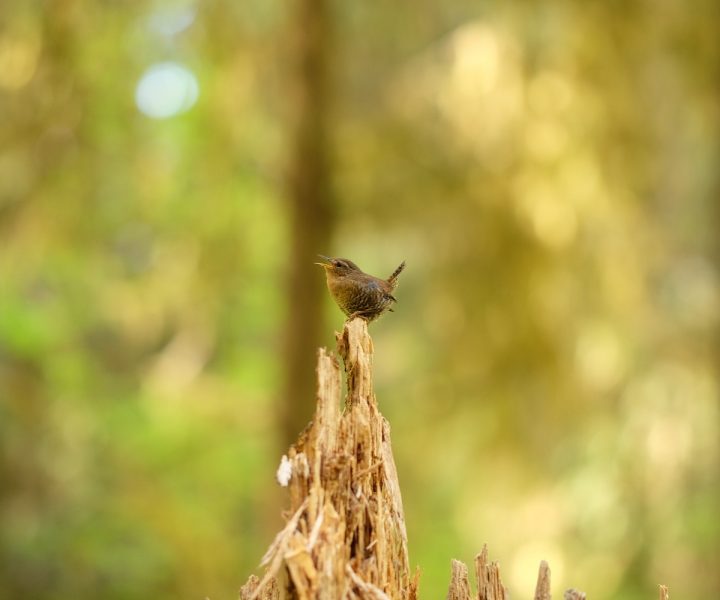
Birds are all around us; beautiful, inspiring, and fascinating creatures that give you a new appreciation of nature and what it has to offer. If you plan on going hiking anyway, why not take the time to do some bird watching while you’re at it?
You would be surprised at how exciting it can be. Sure, it requires some patience, but for birders, nothing quite beats the thrill of spotting a rare bird or seeing a new species for the first time.
We’ve come up with some tips for all you beginner birders out there.
Know your birds
The first thing you should do is a bit of homework to find out about the local birds you’re likely to come across on hikes in your area. Get yourself a regional bird book or do a bit of research online to see what you should be looking out for.
These days, you can even download a field guide onto your phone, which actually makes the process of searching for a specific bird much easier and faster. By getting a bird watching app instead of a paper field guide, you not only save yourself the hassle of carrying the extra weight, but you’ll even be able to get audio recordings and additional pictures, which will help you with identifying birds.
It helps if you read up on the key bird families and get to know their characteristics so that once you spot a bird, you will be able to identify which family they belong to. Once you know that, it will be easier to use specific indicators to pinpoint the exact species.
For visual identification, there are four keys:
- Size and shape
- Color pattern
- Behavior
- Habitat
Getting to the right group of species is the first step. Once you know that, you can figure out what field marks to look for. In time, you will be able to identify many species from just a quick look.
Get some decent binoculars
There’s nothing more frustrating than missing out on the action because you didn’t bring a pair of binoculars, or worse, you opted for a cheap pair. If you’re not ready to spend that much money on a decent pair, then try borrowing one until you’re ready to invest.
If you are willing to buy a good pair, don’t think more is necessarily better. While you may be tempted by higher-power binoculars, a lower-power one such as a 7-power or an 8-power should be sufficient. The higher-power ones tend to be more awkward to use, since they’re heavier, and so more difficult to keep steady.
Before you go out, practice using the binoculars, so you become familiar with the functions and how to locate a bird. There’s nothing more frustrating than being unable to find a bird when you know it’s there.
Connect with local birders
Chances are you will have come across other birders while out hiking. Birding can be a great social endeavor; so don’t be afraid to connect with local birders by joining a bird club. They can be a great source of knowledge, helping you to learn more about local birds and bird watching.
That way, if you have any questions, you can always ask someone who is more experienced. Connecting with local birders is a great way to learn and get more out of your bird watching experience.
 Your Privacy Choices
Your Privacy Choices
 The
The